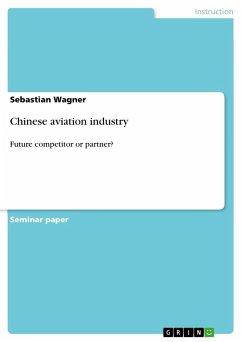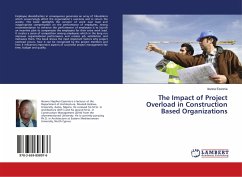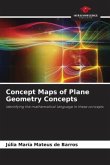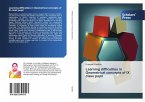Seminar paper from the year 2013 in the subject Instructor Plans: Transportation Professions / Air Transportation / Logistics, grade: 1,0, University of Applied Sciences Wildau (Wildau Institute of Technology), course: Aviation Management 2012, language: English, abstract: Airports all over the world are regional centers of growth. They provide access to the worlds most important markets for the domestic economy. Airports interlink economic regions and are the basis for international business relations. Without any doubt, the Federal Republic of Germany has one of the densest airport network in Europe. Especially in populous areas, multiple international and regional airports are competing for potential passengers. Against the background of converting traditional airfields into multi-faceted facilities and shopping malls with runways, in the last decade airportstout for more than only people willing to leave the city by airplane. They are competing for prospective customers.As a result of these tendencies, the European airline and airport market is facing emerging competition. The question to be asked under this continuous cost pressure is not whether to react or not on the circumstances. Every single airport shall ask how to deal with that rat race and what its competitiveadvantage is. The competition between the recently renamed Dusseldorf Airport (DUS) and Cologne/Bonn Airport (CGN) is exemplary in this situation and is perfectly illustrating the new competitive situation. Separated by only 50 kilometers air-line distance, it can be assumed that both airports are in a race for supremacy in the Rhine-Ruhr metropolitan region since many years.The key question to be answered in this context is: Do both airports really compete and if, what are the business segments they are struggling for? How can the airports react on present developments and might they even benefit from a kind of cooperation?This paper is trying to give answers on the questions mentionedabove. In the first part I am going to describe the local aviation market and current airport concepts of each location.Both airports will be classified in regard to their German and European airport market environment. Describing the trafficdevelopment within the last five years and analyzing the recent situation of both companies, I will try to forecast how the airports are going to evolve in the midterm horizon. In a second step I will examine kind and degree of competition between CGN and DUS. Moreover I will discuss whether an airportcooperation might be useful or even other solutions represent a valuable solution to guarantee a financially healthy future for both airports.Finally I am going to develop strategic recommendations for the operators.








